Kim Gelissen Shares Her Visions of the World
Story by Matthew St. Amand
Photography by Kim Gelissen
For a technology that is almost 200 years old—seemingly simple and straightforward—the elements that make a good photograph and a good photographer remain elusive and enigmatic. Photographers speak about having a “good eye.” Photographs are as singular as the people who take them. It’s a widely accepted concept among photographers that if ten of them all take a picture of the same person, place, or thing, the result would be ten different photographs. Everyone has their own unique vision.
Local photographer, Kim Gelissen, took up the artform in 2014. The idea came while she worked as a hospital unit clerk. Any job in the medical setting is stressful and Kim realized that she needed a creative outlet through which to channel hers. Kim found what she needed when she took a course in photography at St. Clair College.
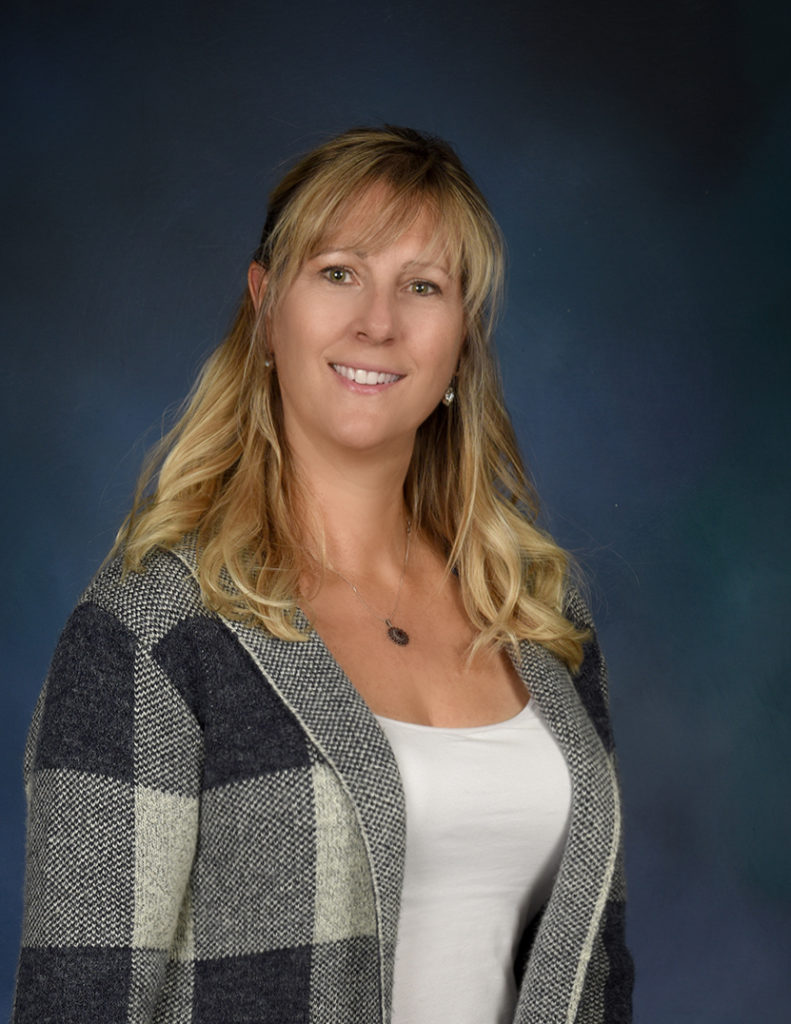
She enjoyed the first course so much, she signed up for a second one, which proved to be quite memorable: the instructor took the class on a field trip. To France.
“I roomed with a friend on the trip,” Kim remembers. “I didn’t really know how to take pictures, at that time, and kept asking her: ‘What do I do?’ I came to learn that photography is all about working with light. I got out and started taking pictures.”
She also began watching YouTube videos on the subject, joined a photography group on Facebook and went out taking pictures with others. Kim worked with models—usually her two daughters—and experimented with light.
“The first year, maybe two, it was a lot of learning,” Kim reflects. “When you first start and get a good photo, you think: ‘Oh wow!’ But as you progress and go back, you realize it wasn’t so good. You’re still learning. It’s non-stop learning.”
One line of demarcation that divides photographers from those who simply take pictures is moving away from using the AUTO settings in one’s camera.

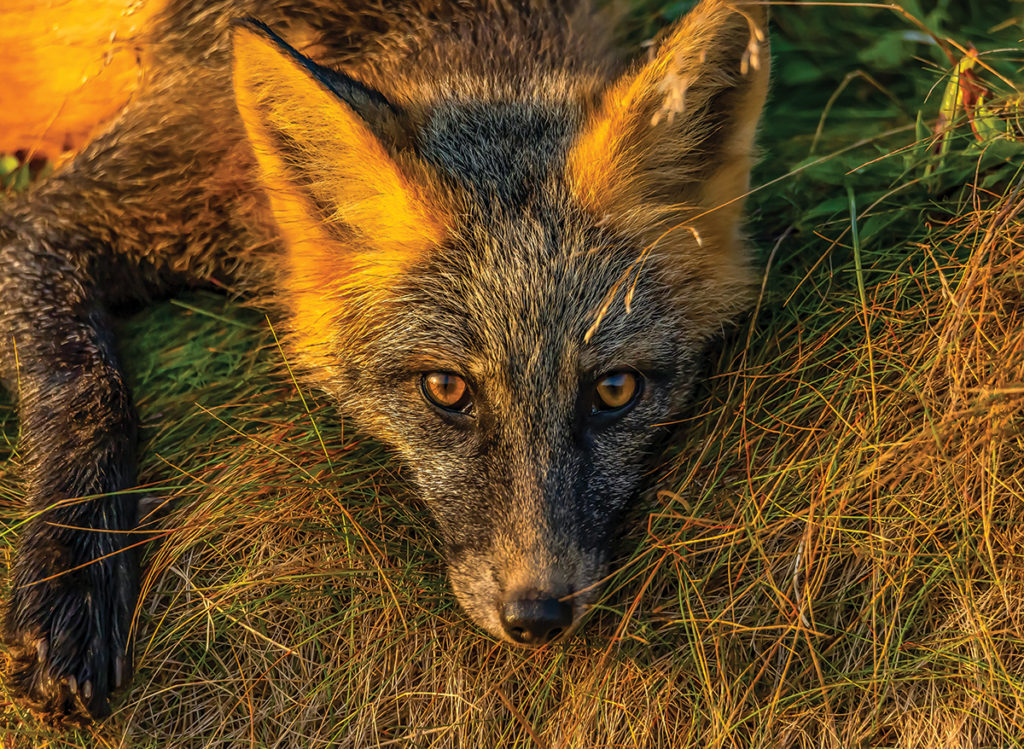
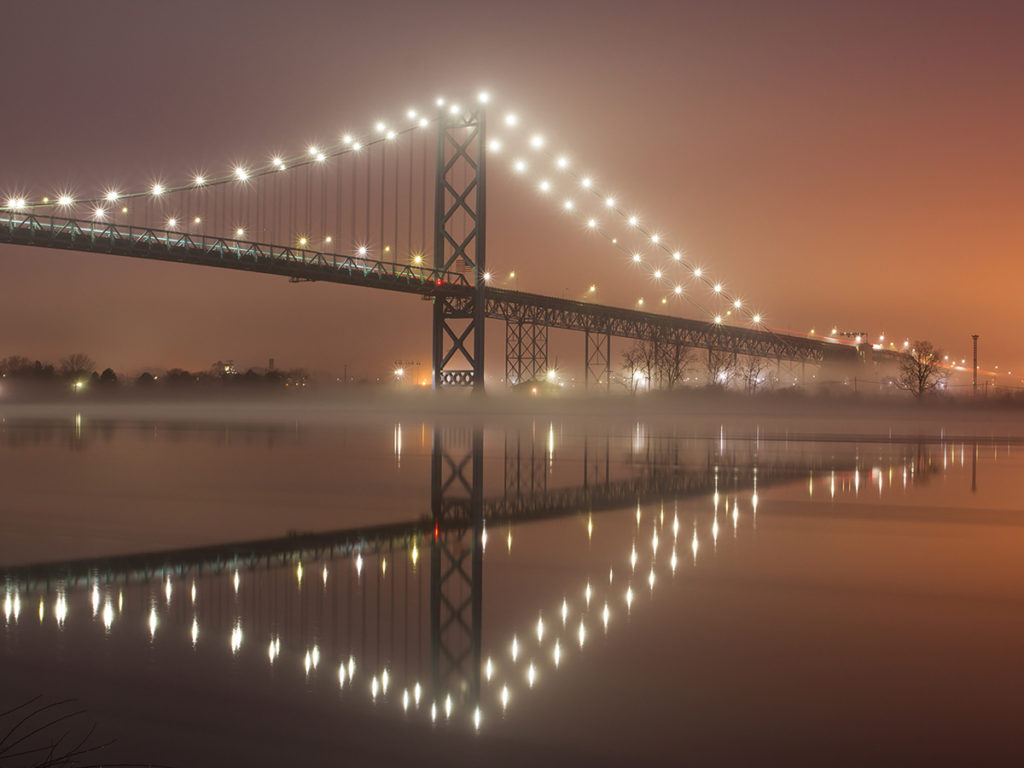
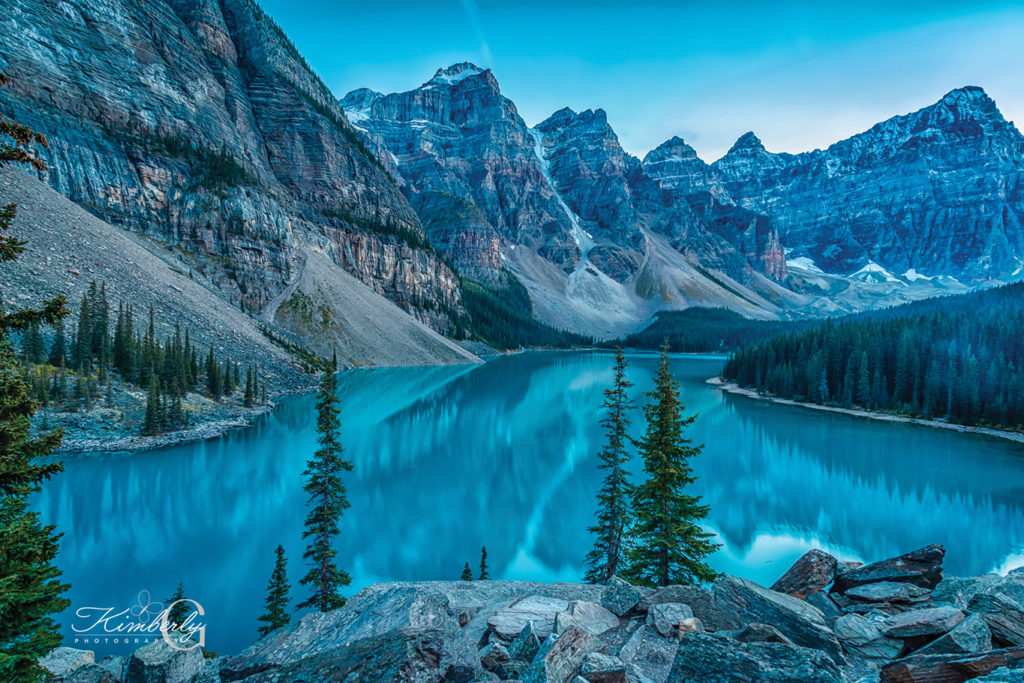
“I now manually set all the settings in my camera,” Kim explains. “You have to get out of AUTO. I have a mirrorless camera (a digital camera that doesn’t have a reflex mirror) and an array of lenses.”
Kim had numerous opportunities to use her lenses in Newfoundland where she and her husband, Frank, traveled so she could see icebergs and photograph puffins. As it turned out, they had gone too late in the season for the icebergs, but she ended up getting the stellar image of a fox. Not a bad consolation prize.
“Newfoundland was great,” Kim says. “The people were the nicest you ever met. My husband and I spent a night getting Milky Way shots at an old rusty boat. It’s hard taking night photos when you’re an early riser! Well, the puffins didn’t turn out how I wanted and we saw the fox as we drove to another location. We stopped and I was surprised that the fox approached our car. I just watched him and finally he walked off and lay in the grass. I got out my camera, zoomed in and snapped that photo of him.”
One thing photographers speak about is having “the eye.”
“The guy I bought my old camera from,” Kim recalls, “said he never got photos like I did with the same camera. People say my pictures look like paintings.”
People have also said to Kim: “Your camera takes such nice photos!”
“It’s actually the photographer,” Kim says. “It’s the photographer’s eye. Not everybody has it. When I see other people’s photos, I’ll sometimes think, ‘I never really thought of that…’ for subject matter. A lot of other people have been inspirational to me.”
Kim’s equipment includes a Canon R6 mirrorless camera.
“I’m a Canon shooter,” she says.
Her favourite lens is the 24-105mm as well as a macro 100mm lens. She makes use of a “nature” lens, a Tamron 150-600mm lens. She describes it as being very heavy. It was the lens used to capture the photograph of the fox in Newfoundland.
“I upgraded to the mirrorless camera from an SLR (Single Lens Reflex),” Kim says. “I really liked my old camera, but it died. I kept my lenses and have an adapter so I can use them on my new camera. I usually just bring one camera with me. You have to look at the weather. There are many variables that can affect photos. I’ll go out to some locations twenty-five times and never get what I’m after.”
The camera equipment and photographer are two-thirds of the equation. There has never been more technology available for photo retouching than exists today. Technology, however, always comes with its own dangers and caveats. It’s very easy to overdo photo finishing. Kim has her own process: “I shoot in raw, so I edit,” she says. “Sometimes the photos look great when they come out. Sometimes they need to be touched up. I export my photos as JPEGs format and use the program Light Room to touch up photos, tweaking highlights and shadows.”
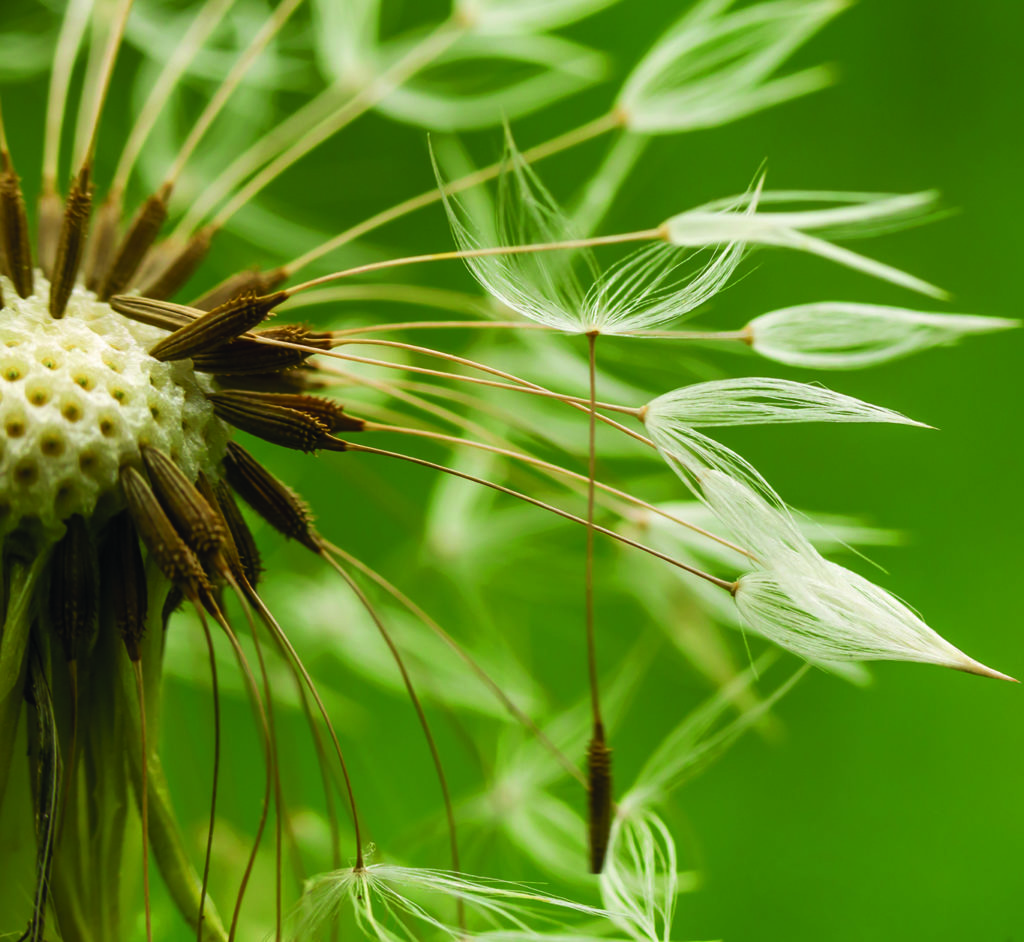
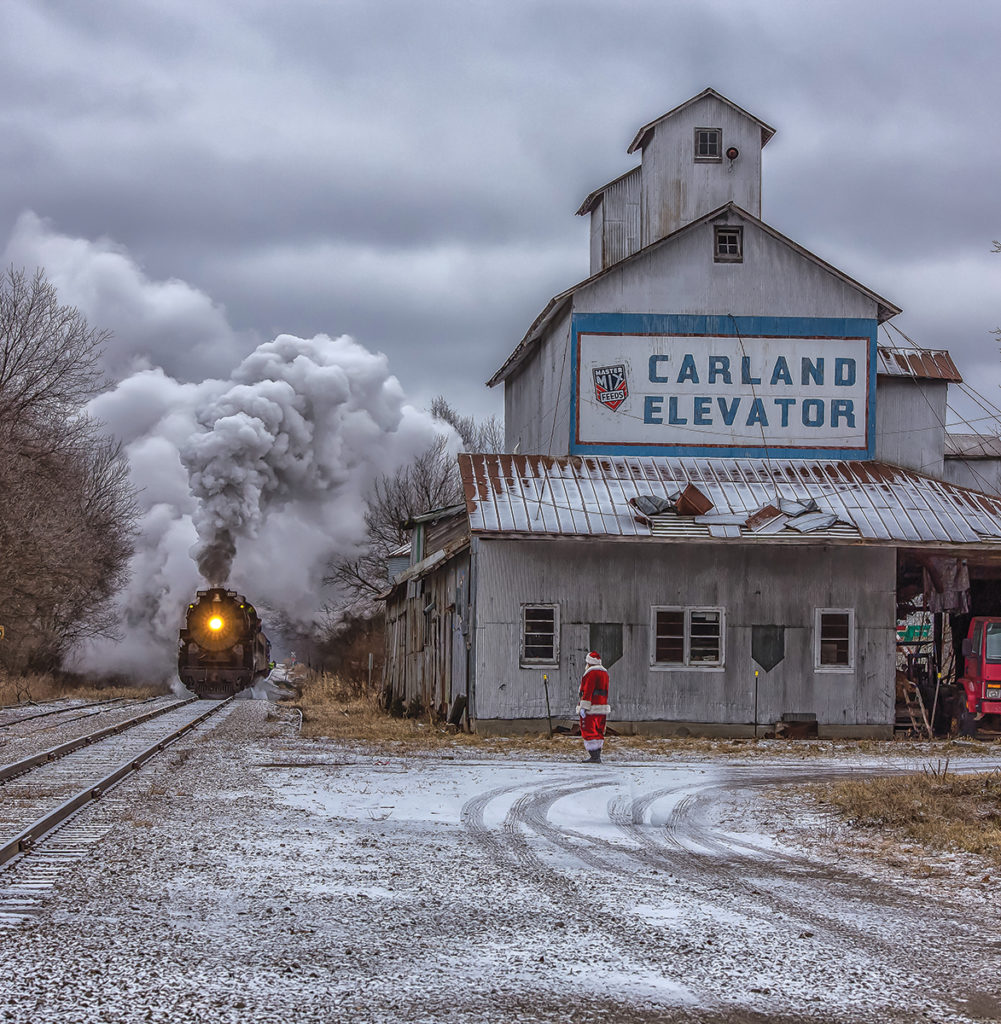
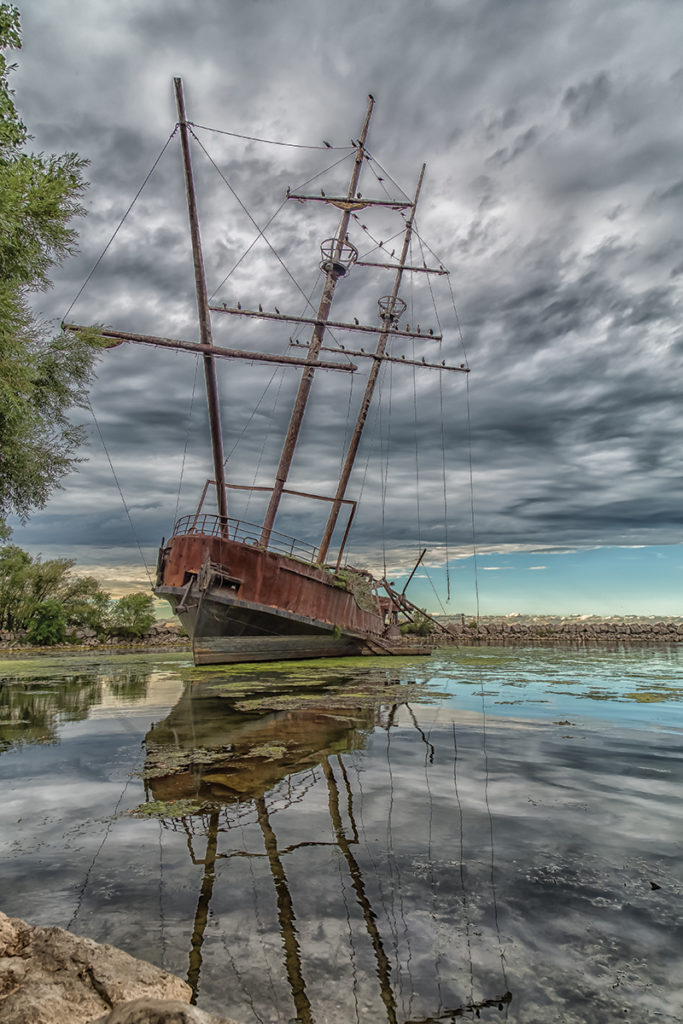
She also employs a technique called “focus stacking,” which, according to Digital-Photography-School.com “is a technique designed to achieve a deep depth of field by blending (or stacking) several images together. Each stacked shot is focused in a different spot, so the combined depth of field is deeper than the depth of field produced by any of the individual images.”
Kim has certainly honed her photographer’s eye and mastered the intricacies of her equipment. In recent years, she began selling her work. Moreover, her photographs have been selected by Canadian Geographic for two of its 2023 Canadian Scenes calendars. In the twelve-month calendar, her photo of Emerald Lake Lodge in Yoho National Park, British Columbia, is the December image. In the sixteen-month calendar, her photo of Emeral Lake lodge was chosen for the cover as well as the month of December.
Kim does not restrict herself to any one type of subject matter. She travels widely, and has become adept at photographing landscape, wildlife, macro, portraits and still life.
“I love to travel and I love to capture what I see through my lens and share it with others, maybe inspire them,” Kim says.
She particularly likes lighthouses as well as ghost towns. Her favourite place in Canada to take photographs is Alberta.
“Alberta is my go-to place,” Kim says. “I would go there every year if I could. Lake Moraine… I went three times in a year because my daughter was there going to school.”
After Kim’s experiences working in a hospital and currently as a private home caregiver, she lives her life with no regrets.
“Working at the hospital, I realized, you never know when you’re going to go,” she says. “See what you can in the world while you can!”
To view more of Kim’s work, check out Kimberlygelphotography on Instagram and her page on Etsy KimberlyGPhotography.


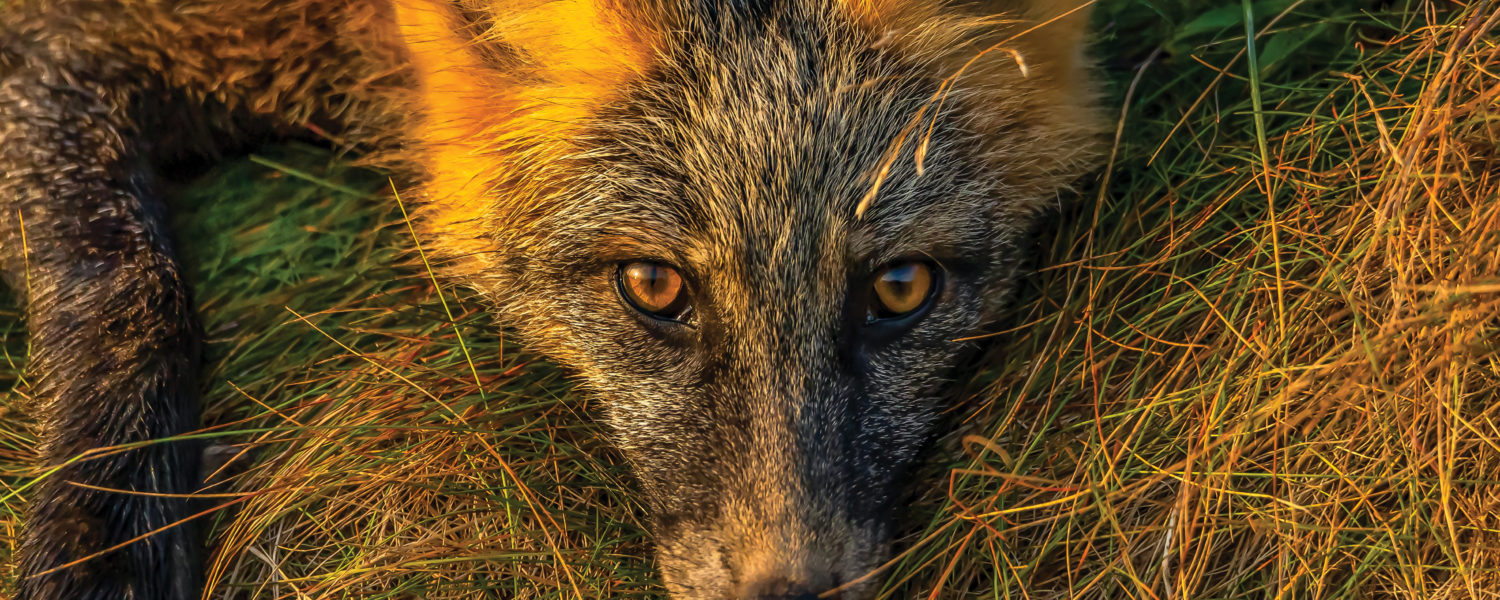

Add comment